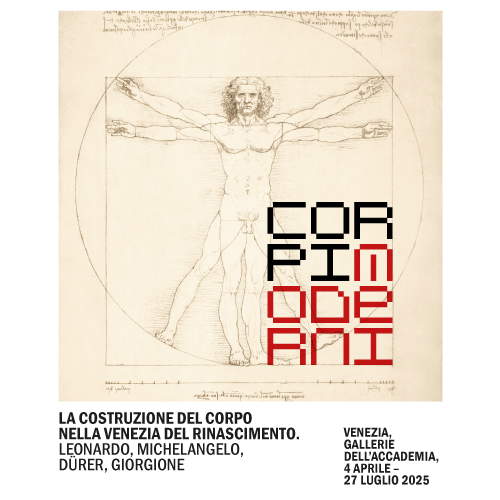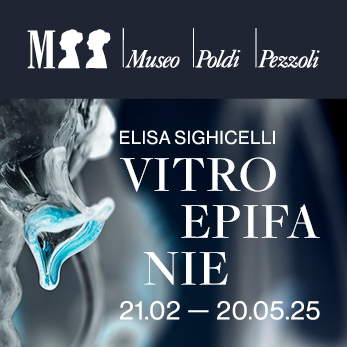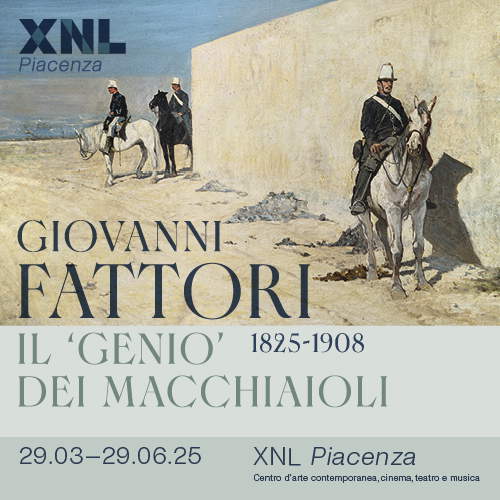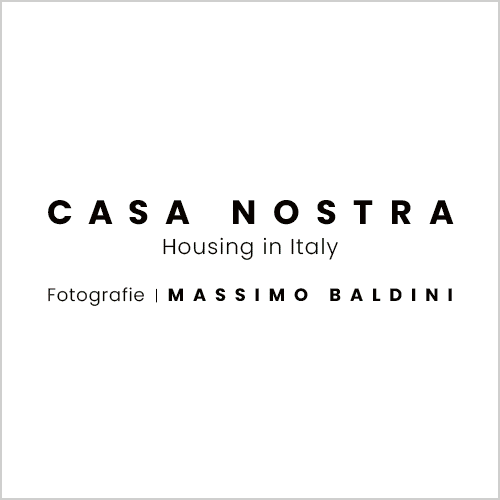Here's how Venetian museums showcase their 20th-century treasures. Interview with Elisabetta Barisoni
After more than a decade spent as a curator at Mart in Rovereto, in 2015 Elizabeth Barisoni found a home at Muve - Fondazione Musei Civici di Venezia, becoming already the following year responsible for the organizational management of the International Gallery of Modern Art in Ca’ Pesaro, the Vega.stock and, since last February, of the Fortuny Museum and the Mestre venues managed by Muve itself, namely the Candiani Cultural Center, the Emeroteca dell’Arte, the Forte Marghera and the future Palaplip. Focusing on Ca’ Pesaro, the next major exhibitions will be Giulio Aristide Sartorio. Poem of Human Life from May to September, while Gastone Novelli will be staged from October to February 2026, with concurrent entry into the permanent collection of some paintings donated to the Venetian museum. They are joined by the enhancement of the works of Raoul Schultz (already underway, through June 8), the monographic exhibition of Antonello Viola (June-September) and that of Terry Atkinson (from November), one of the most significant British artists of recent decades and one of the founders of the Art & Language group.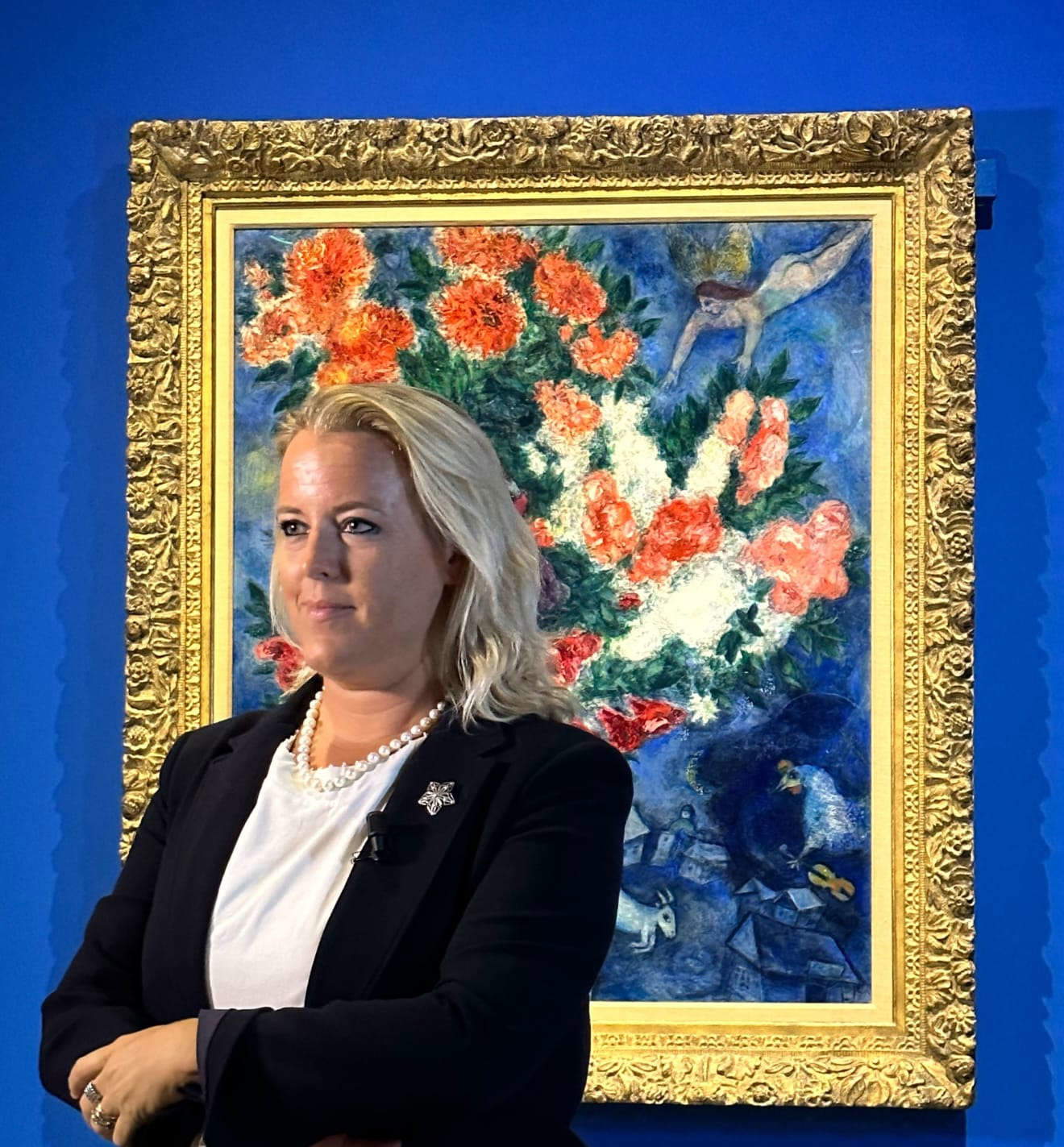
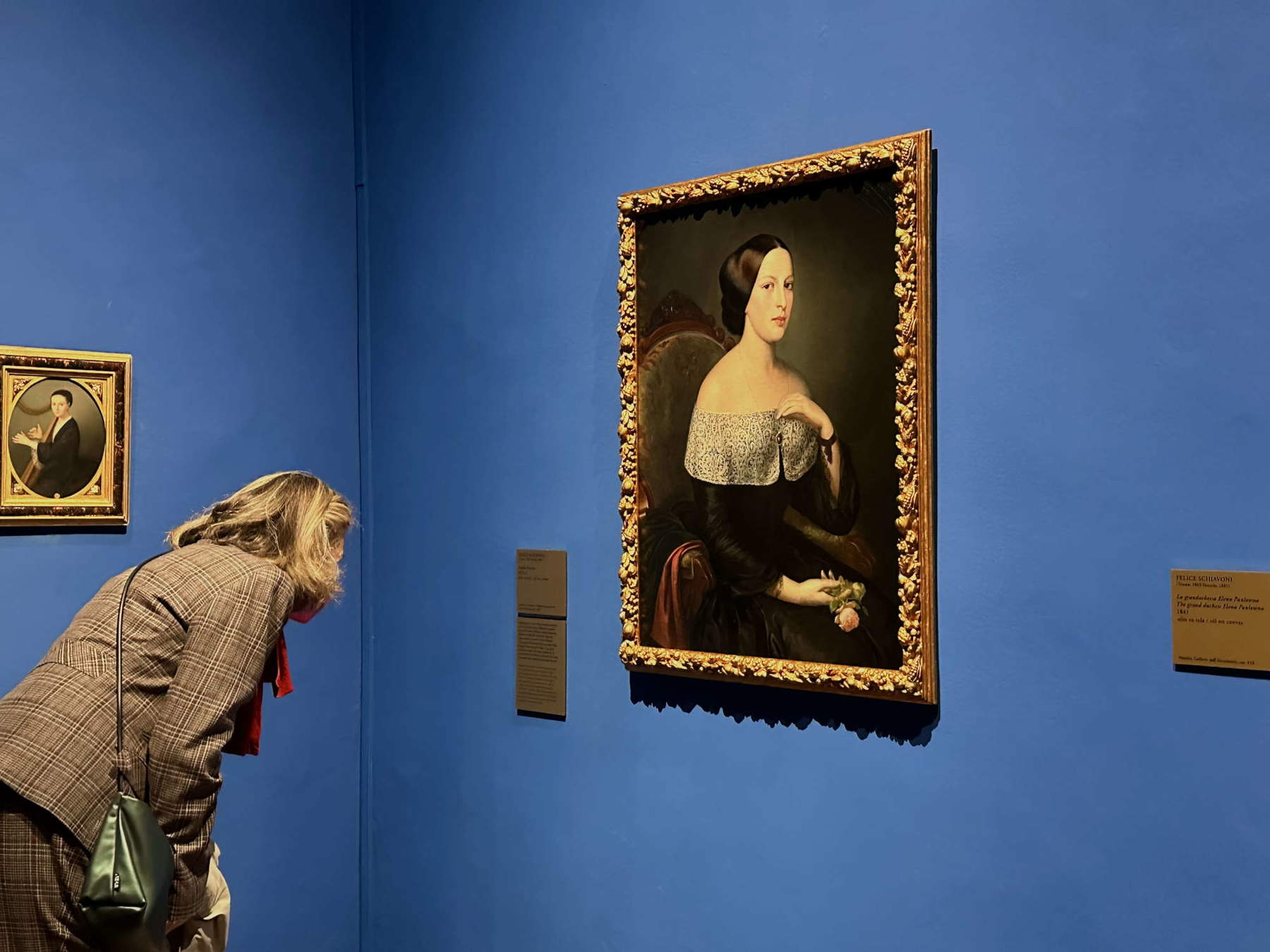
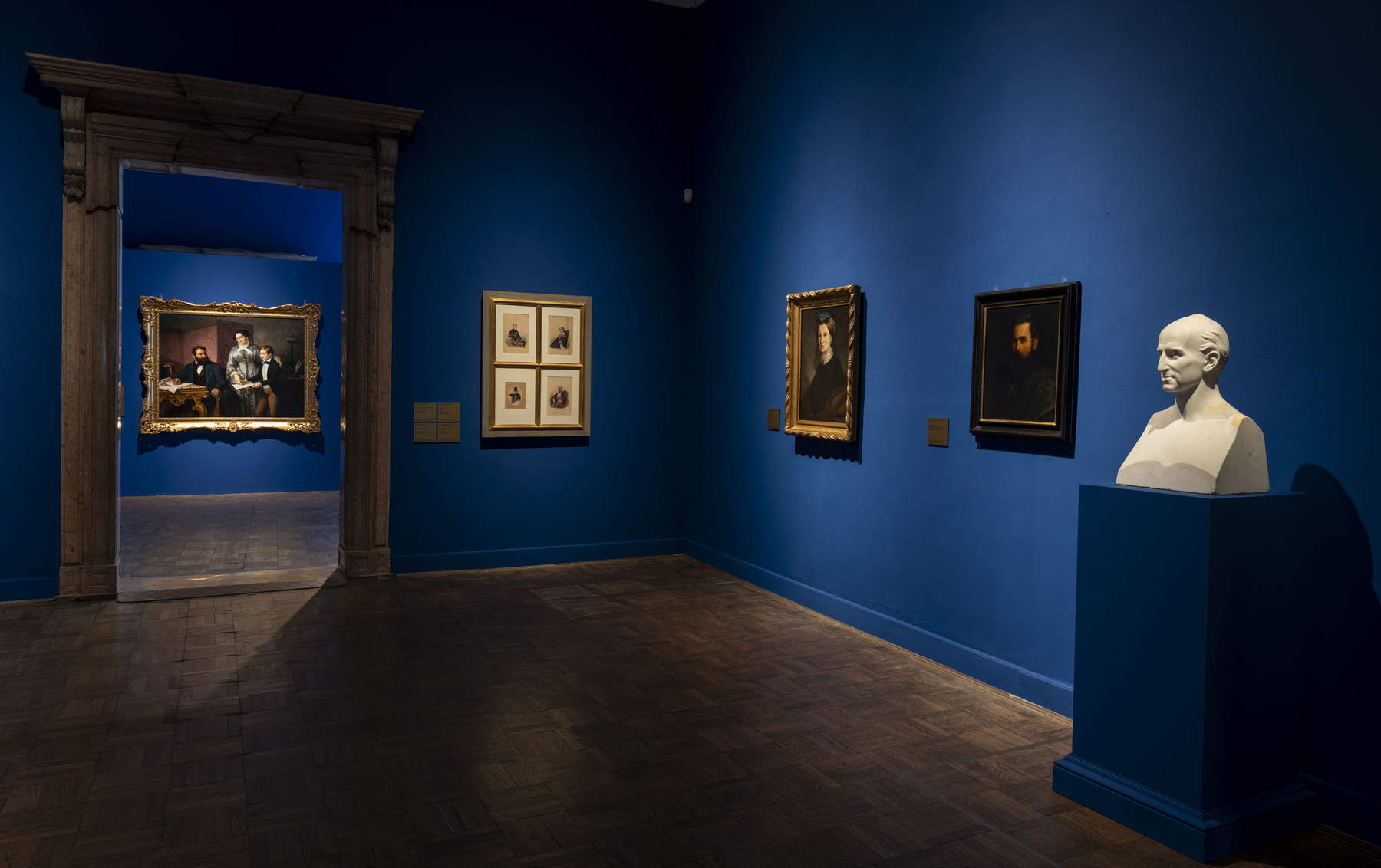
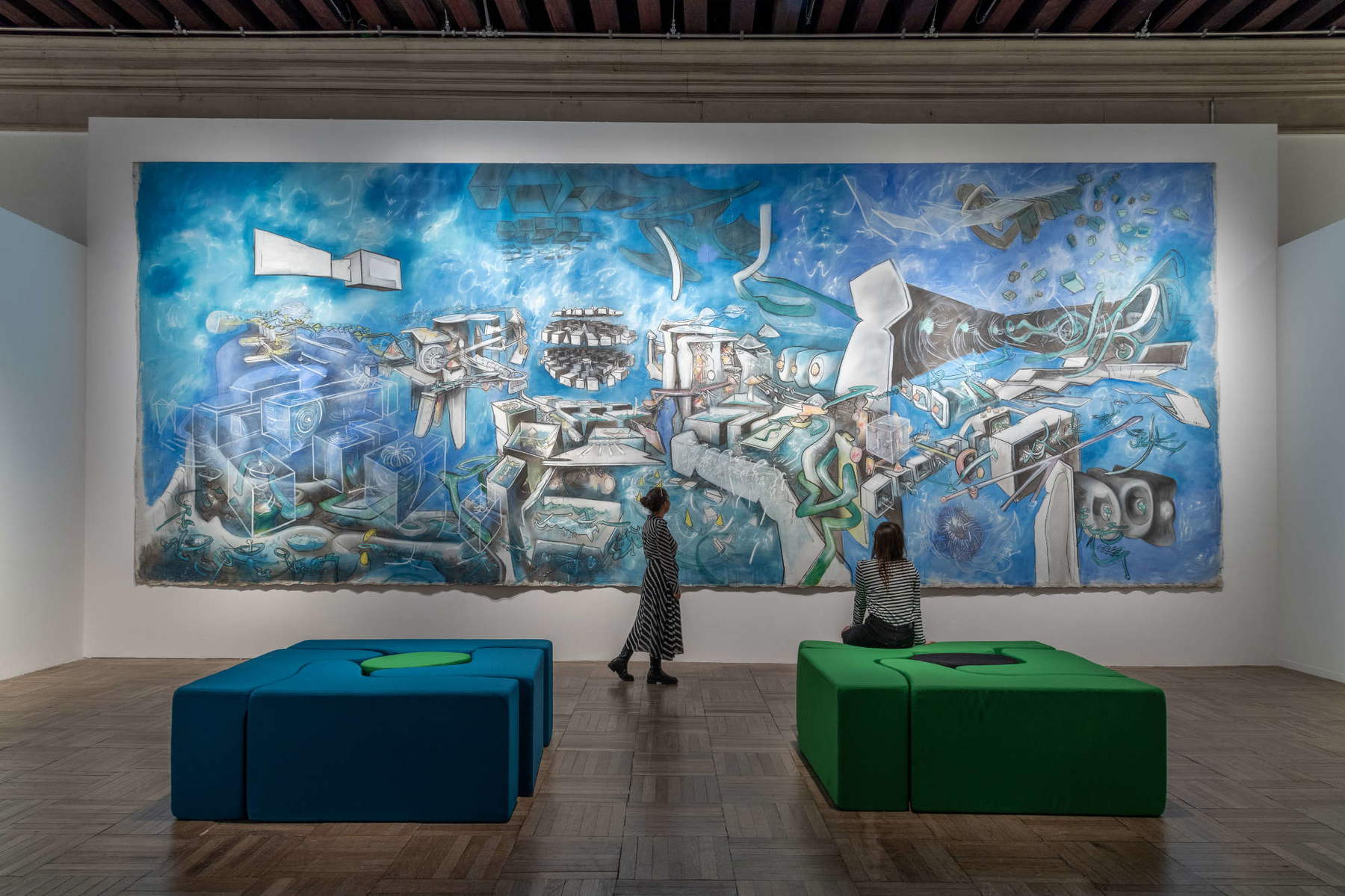
MS. Let’s start with the International Gallery of Modern Art: can you tell us what were your first goals and what steps forward in your role as head between 2016 and today?
EB. When I arrived at Ca’ Pesaro as curator of modern and contemporary art, I had to study a lot, since the museum has a strong identity role for Venice. In these ten years, together with the whole management team, we have gone through some considerable difficulties such as the Covid pandemic, which, while it is true that it affected everyone, for us was preceded by another catastrophe, the “Acqua Granda” of 2019: Ca’ Pesaro and the Fortuny Museum were the two venues perhaps most prejudiced by that episode of high water. Nevertheless, we managed to give continuity to the exhibition programming: the public now knows that every year, in conjunction with the Biennales, they will find two major exhibitions, one in the spring and one in the fall.
Why is such cadenced programming important?
Net of the visitors who come from abroad, there are many Italian, Venetian and Venetian enthusiasts who look very carefully at the calendar of our exhibitions. This is an audience that needs to be fostered with regular programming, as indeed was already Gabriella Belli’s intention. In Biennale Arte years we therefore focus on a great protagonist of the second half of the twentieth century, often chosen from among the artists already in the collection (e.g., David Hockney, Afro, Gorky, and more recently Armando Testa and Roberto Matta, an artist who, moreover, had dropped off the radar of critics and the public). In Biennale Architettura years, on the other hand, we do more curious exhibitions, for example Epoca Fiorucci in 2018, and this year we are opening an exhibition on a very architectural work by Sartorio. Of course, we also celebrate anniversaries when they happen.
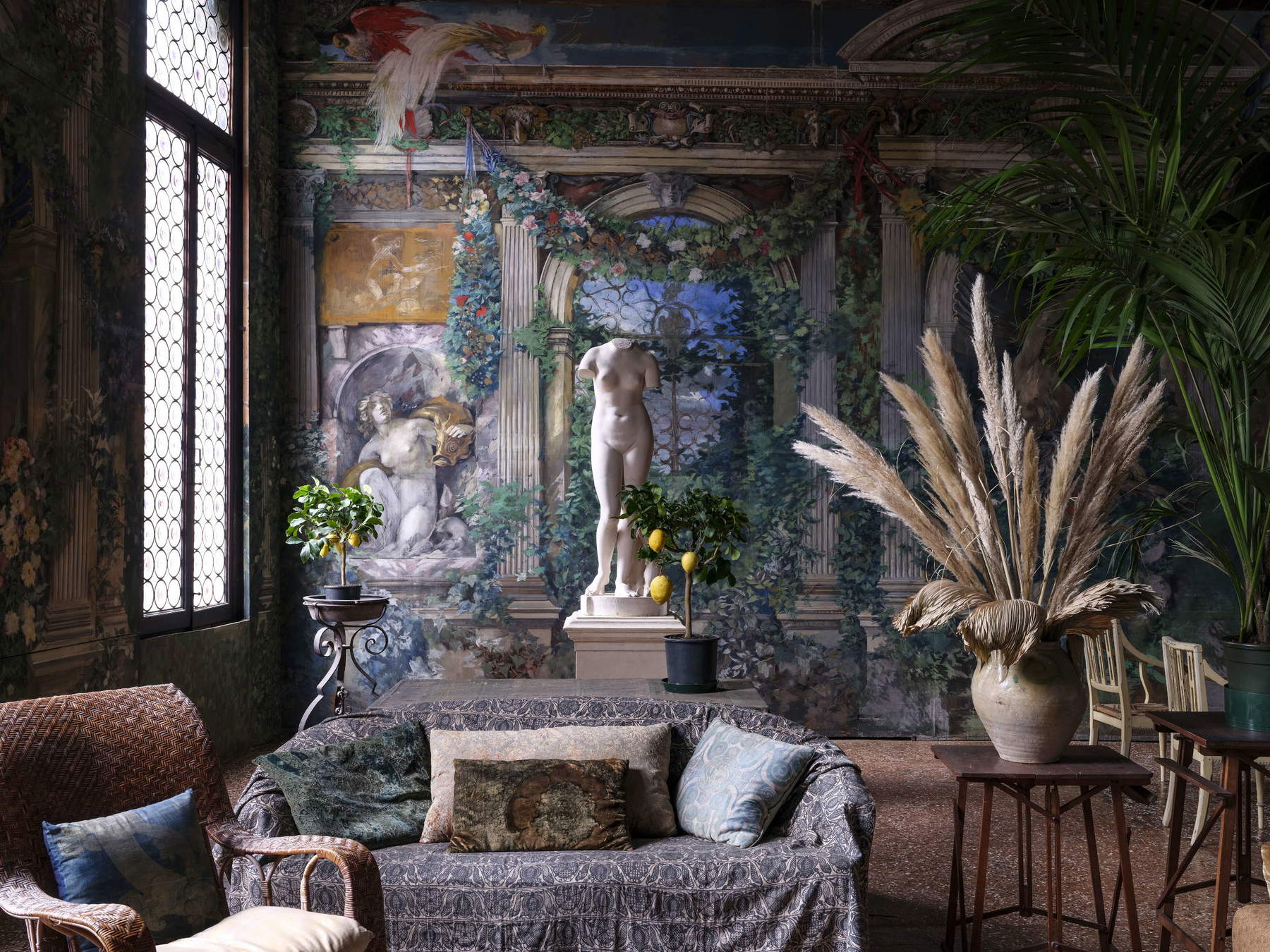
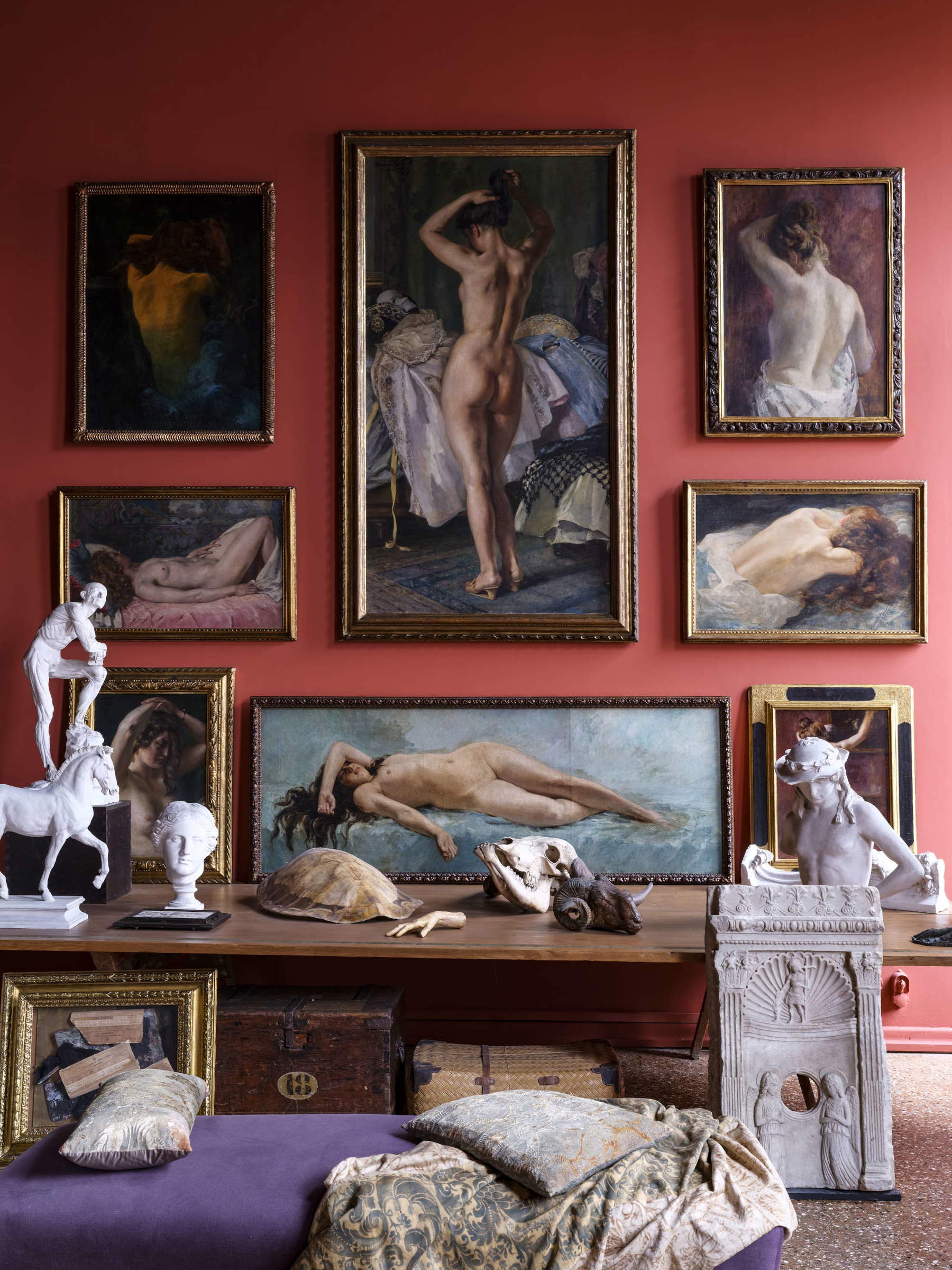
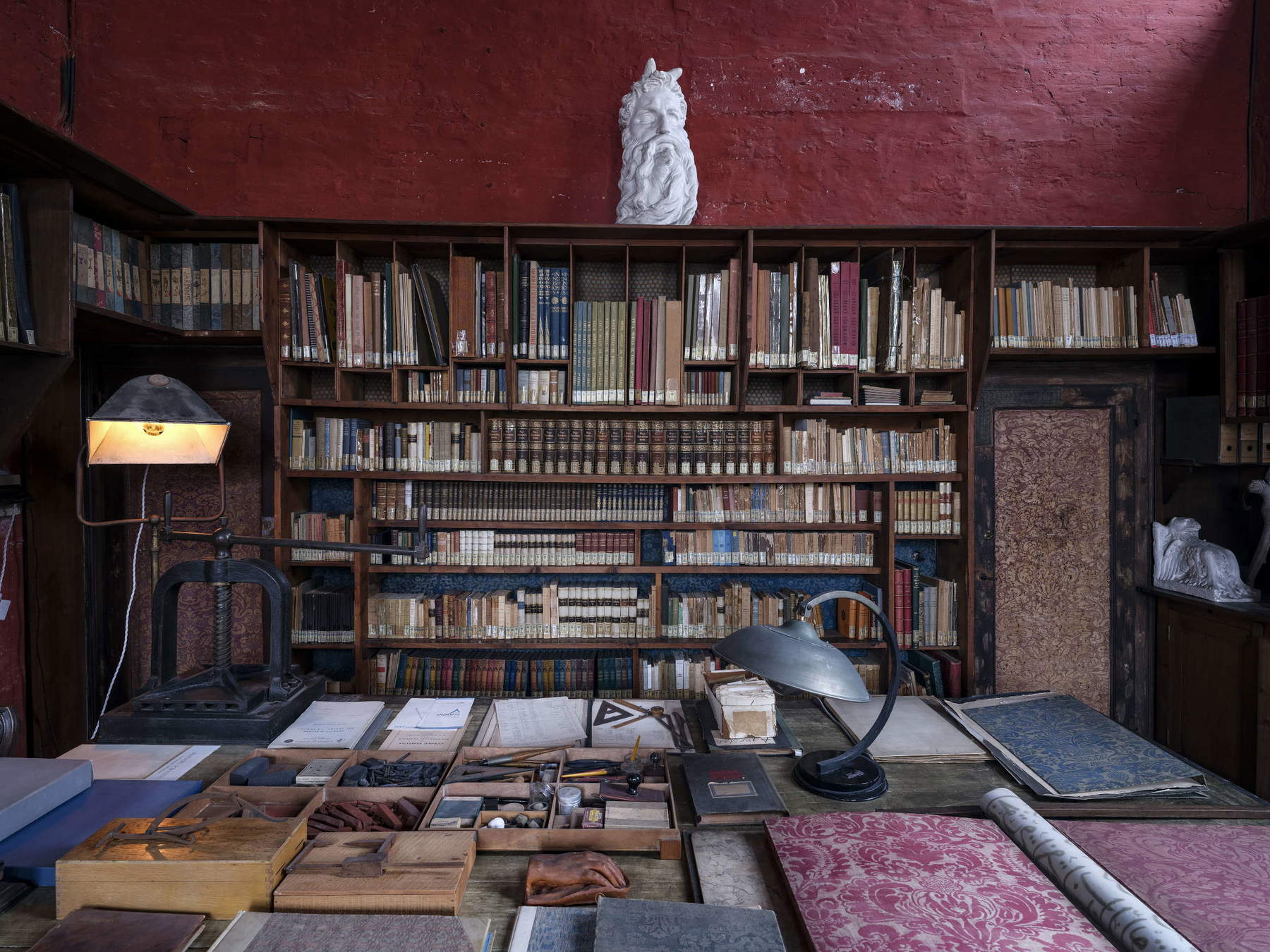
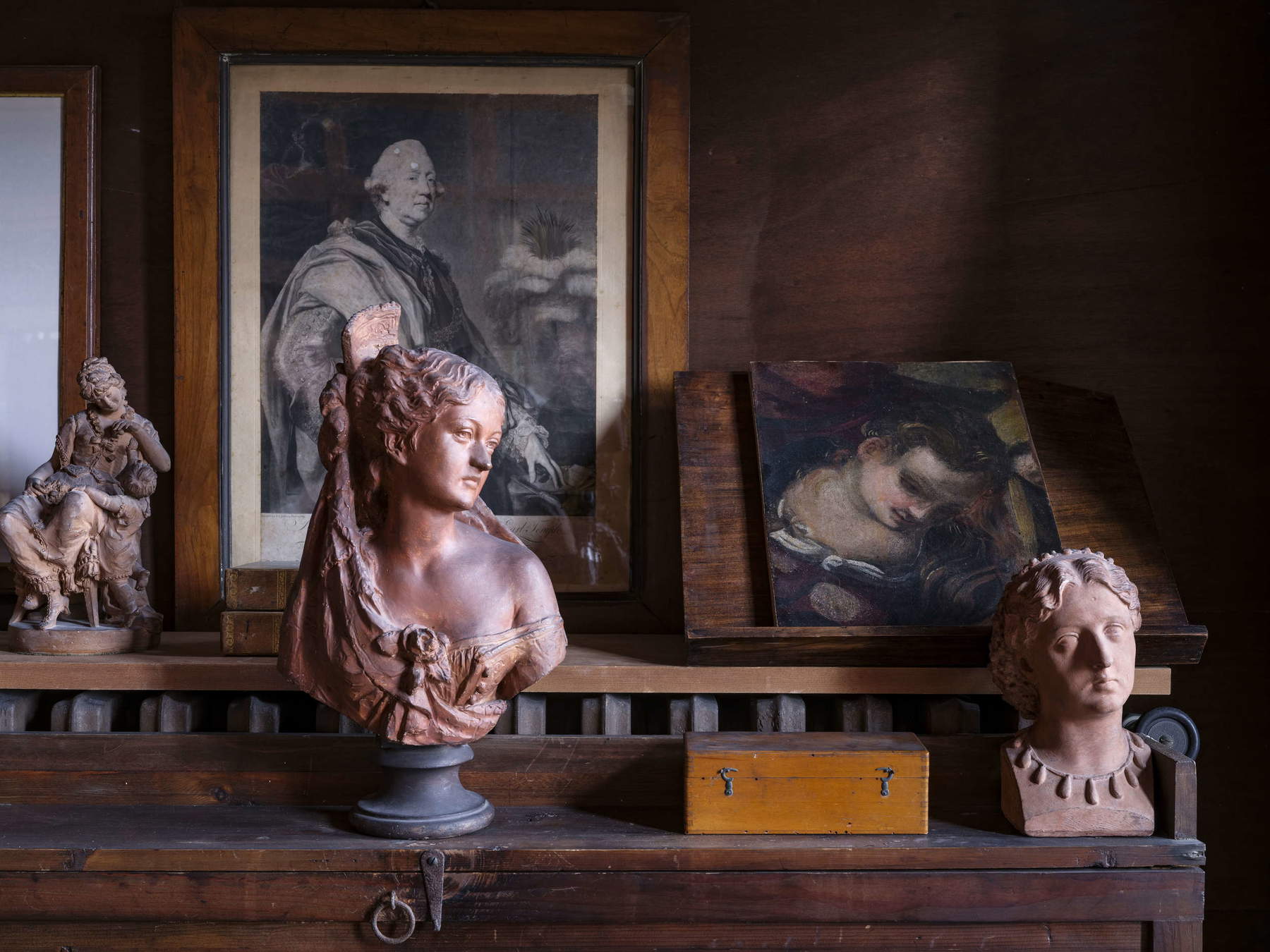
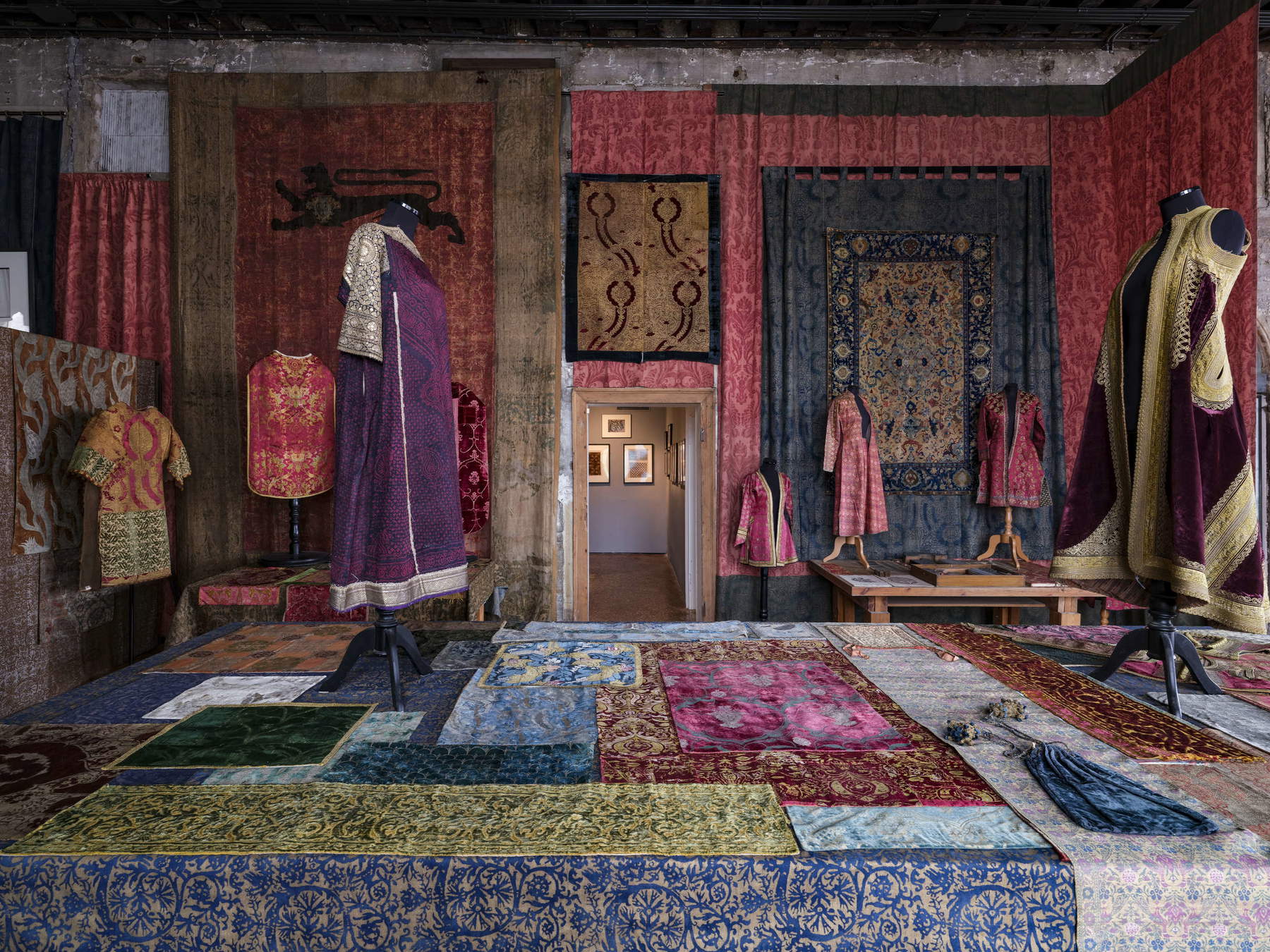
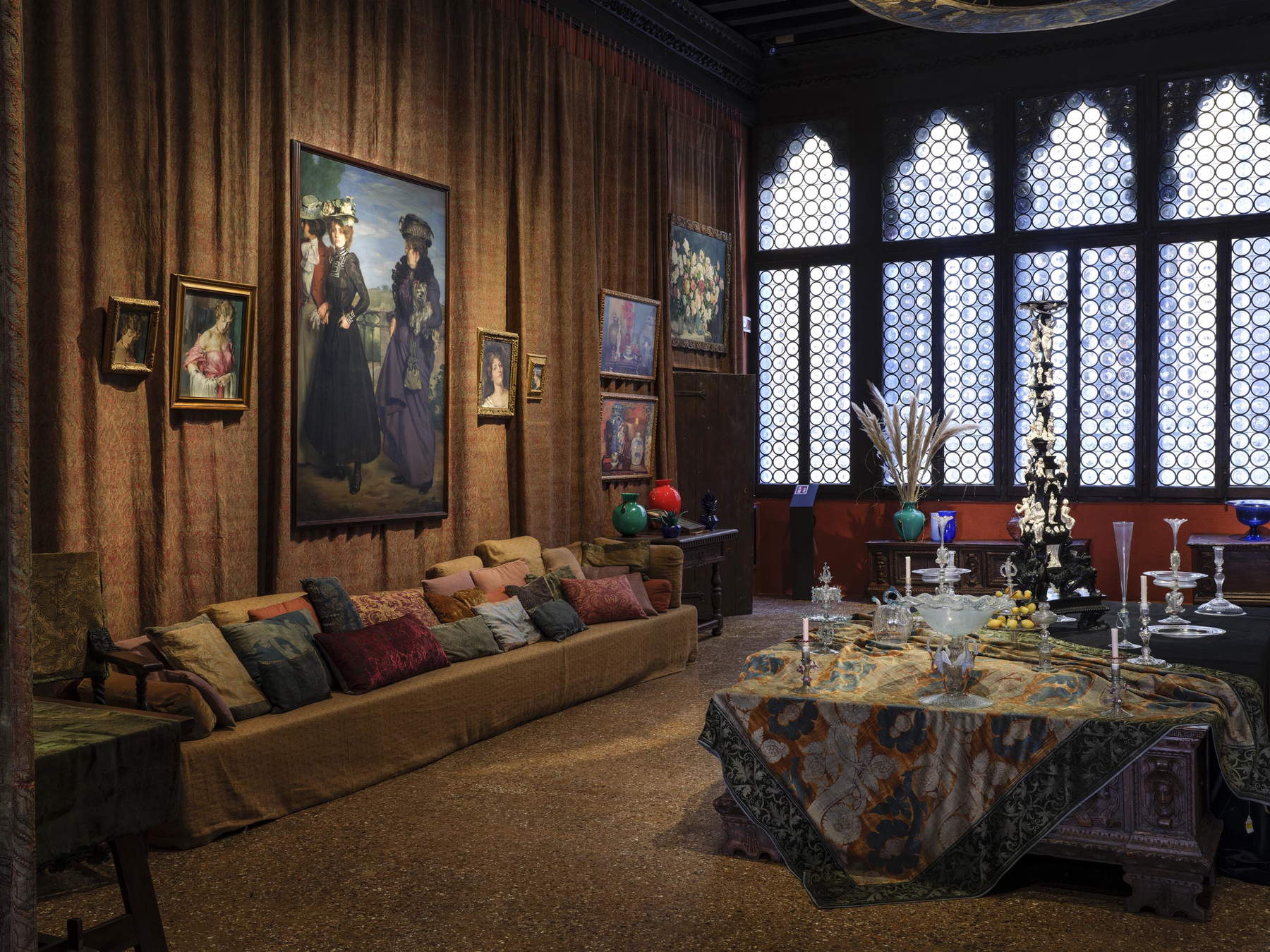
What, in particular, makes you most proud of your first decade at Ca’ Pesaro?
The inspiring principle of my work has always been to hold together the great history - I think of the in-depth on Gino Rossi and Umberto Moggioli - with the contemporary: I think I have succeeded, and this investment has also allowed us to win two Italian Councils and the Pac call from the Ministry of Culture. The venue has also been rewarded internationally: this is the case with the project of Raqib Shaw who, after exhibiting here, found space in New York and Los Angeles, reaching an international audience. After all, it should not be forgotten that pushing up to the contemporary has always been the original nature of Ca’ Pesaro since the direction of Nino Barbantini, who in 1910 exhibited Boccioni - young and a debutant - and at the same time bought Rodin, who was neither young nor a debutant. In short, we want to work on a “living memory” that is never repetitive and that also winks at the avant-garde.
How do visitors respond?
Ca’ Pesaro in 2024 recorded more than 90 thousand admissions, a figure that is constantly growing. In recent years I no longer see a big difference between the flow of visitors to Biennale Arte and Architettura who obviously concentrate in the opening week and then between September and November, which are also golden months for museums. In the less busy times, however, we can count on educational visits from schools, university and Academy students, and the Venetian public, which is instead difficult to intercept in July and August. This is why we have decided to pander somewhat to the trend of our target visitors, opening one exhibition between March and April, at the latest at the beginning of May, so that it covers the entire summer period, and another between October and November, which goes until the end of Carnival. We are aware, however, that tourists coming to Venice for the first time first visit the highlights of ancient art, from the Marciana area to the Gallerie dell’Accademia; those more interested in the contemporary also have the Peggy Guggenheim Collection and Punta della Dogana/Palazzo Grassi at their disposal when there are exhibitions, so we know we have to deal with many important competitors in the city.
Ca’ Pesaro is unquestionably one of the most significant museums in Italy for twentieth-century art: do you think the museum’s fame matches its intrinsic value? If not, how do you think it could be better enhanced?
The fact that not everyone who comes to Venice visits Ca’ Pesaro is not necessarily a problem because there are other jewels in the city that are not so well known to the general public, however, the purpose of our task as cultural operators is first of all to let people know that the museum exists. I think Ca’ Pesaro served its years of closure for restoration and then did not have an immediate relaunch as a reference venue for modern and contemporary proposals. Perhaps it was also with this in mind that the foundation decided to invest in me: when I arrived in Venice I was 38 years old, I was coming from the Mart in Rovereto, so from a reality very focused on modern and contemporary art. In the context of the foundation, however, I have never heard of Ca’ Pesaro as a less important museum than the others and, indeed, investments have been made in terms of technological means, for example by exploding our presence on social media. In addition, we have instituted the integrated ticket for Ca’ Pesaro and Museo Fortuny, venues that intercept the same target audience even though they have two different identities: both, however, represent the great dream of the myth of Venice at the turn of the 19th and 20th centuries and were donated to the city by two women, Duchess Bevilacqua La Masa and Henriette Fortuny.
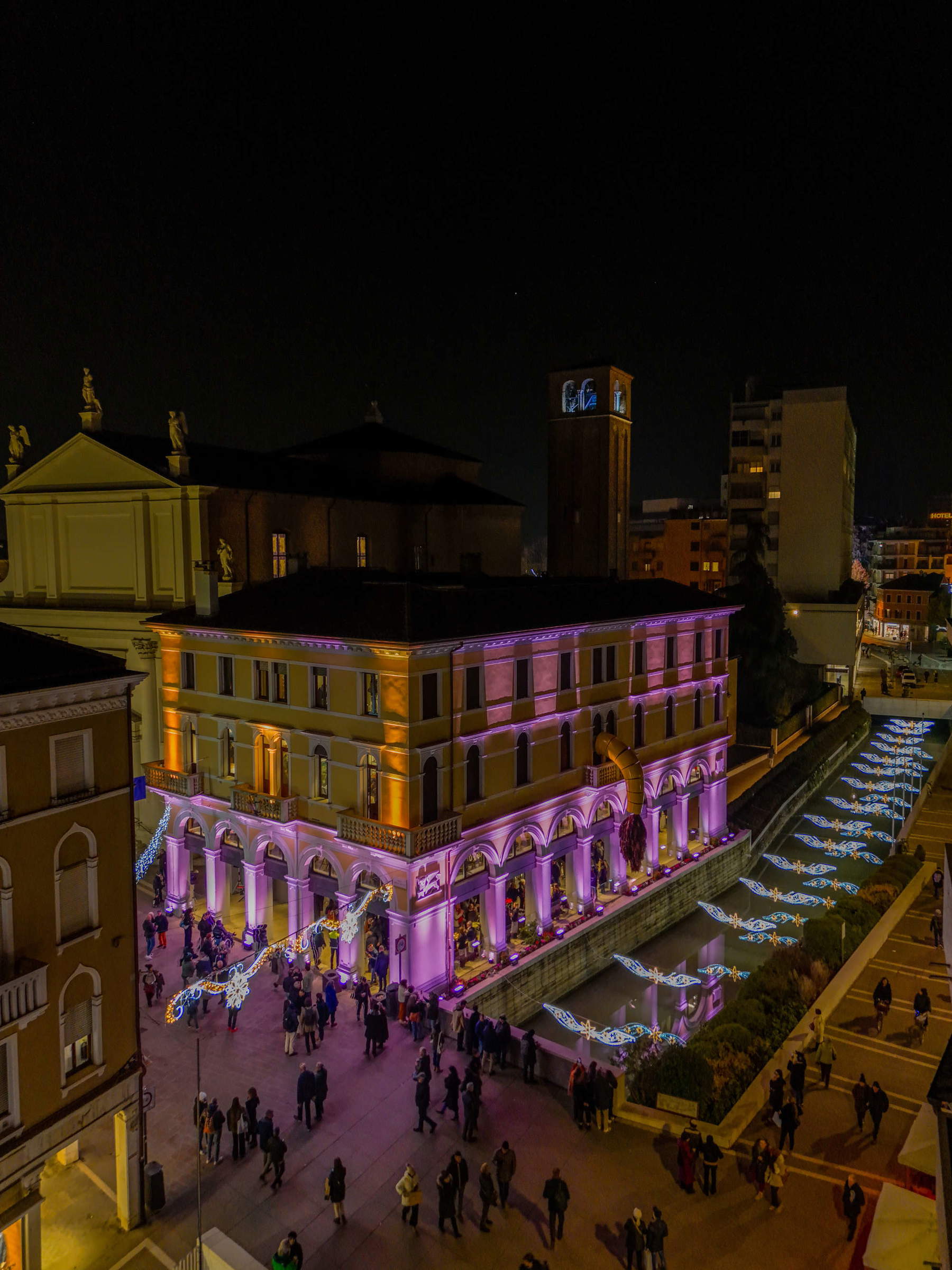
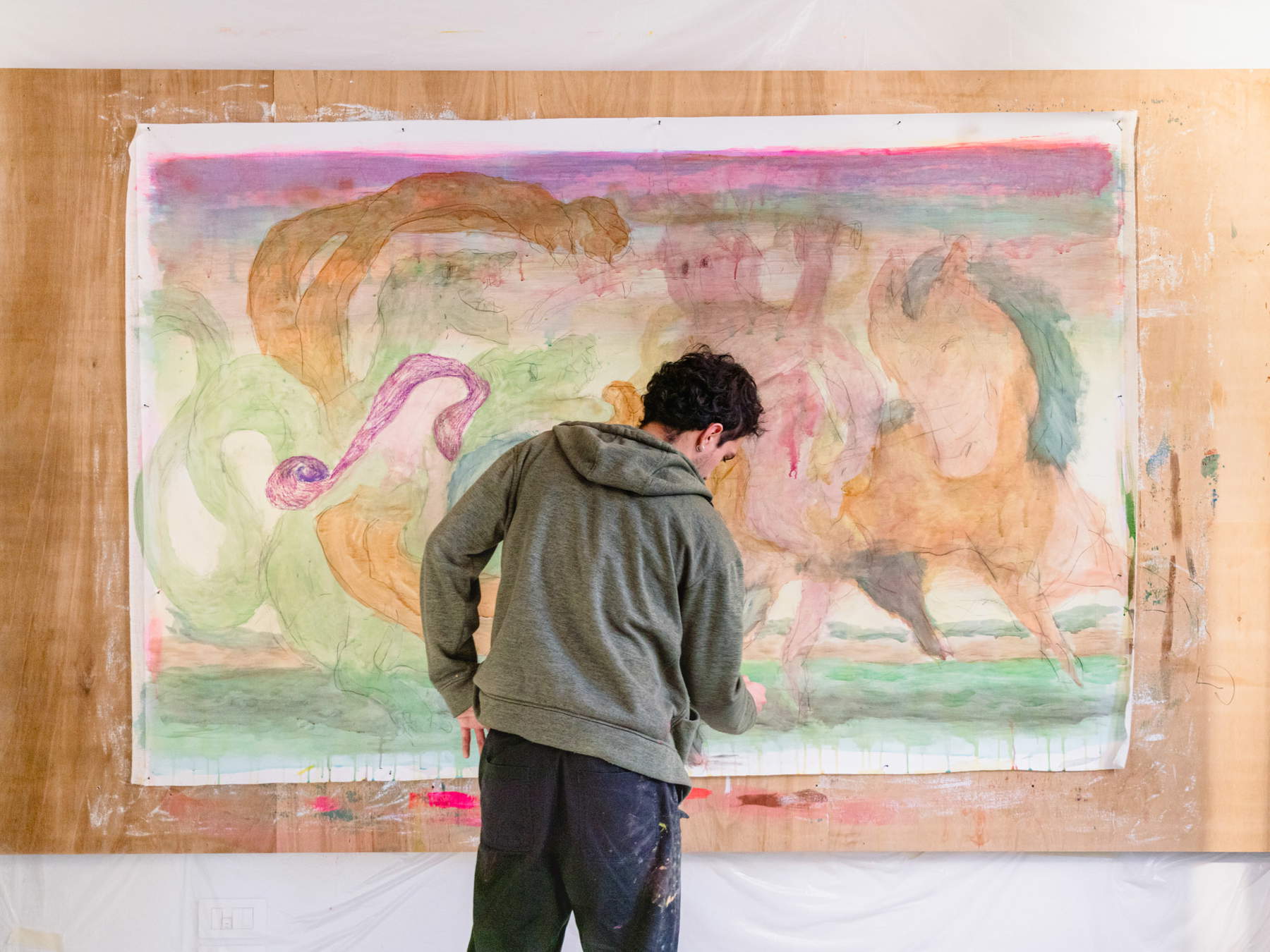
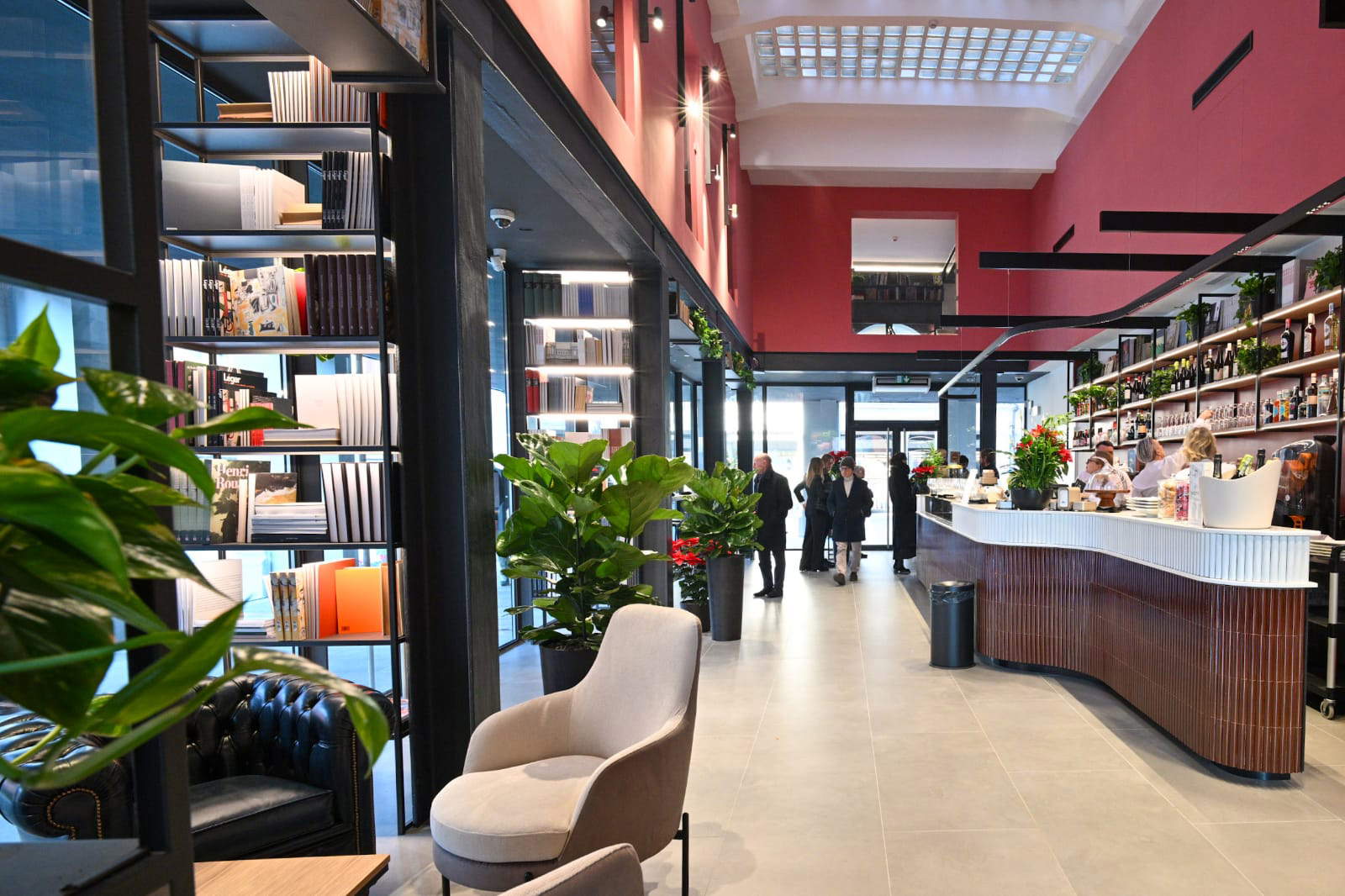
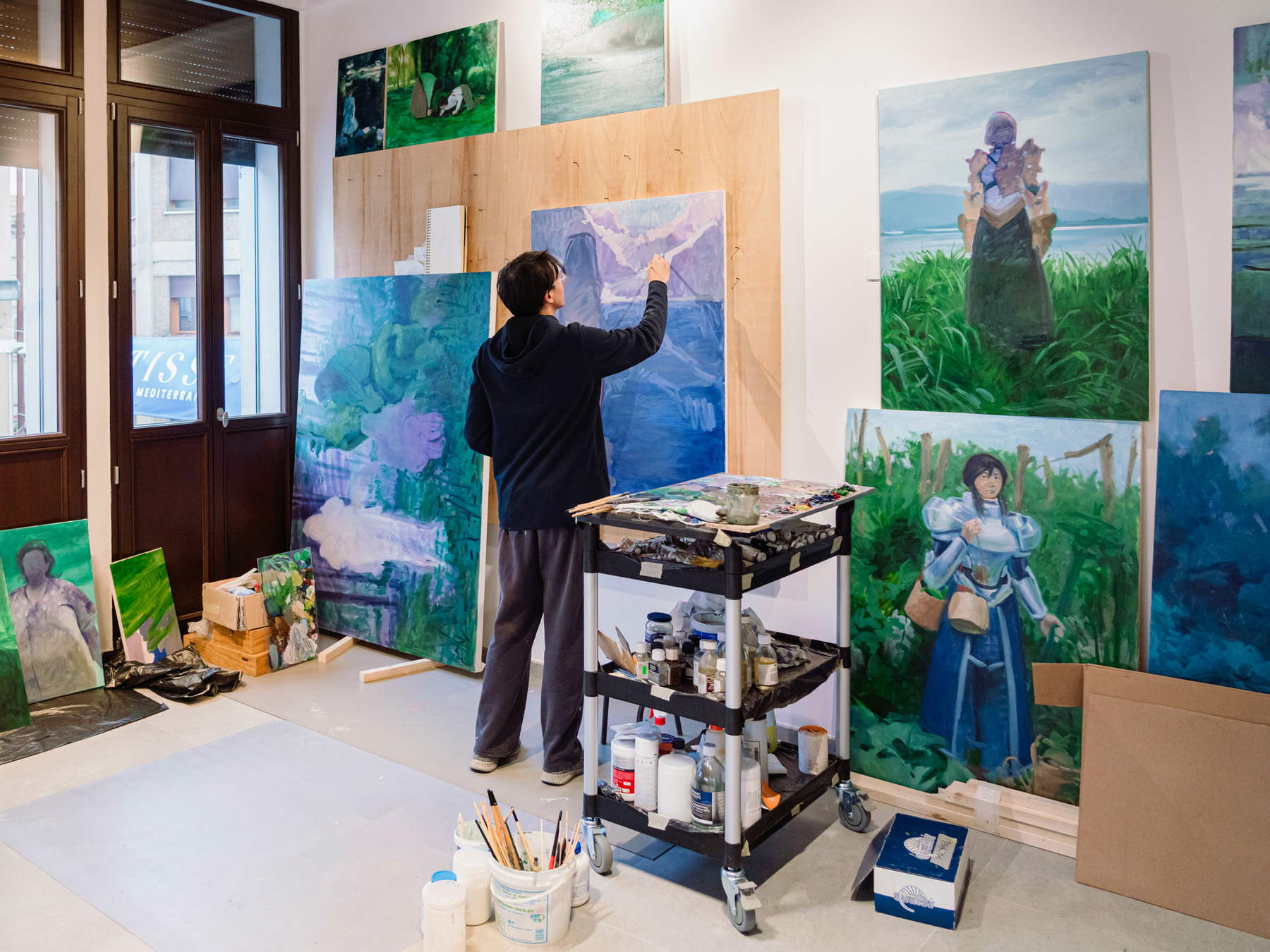
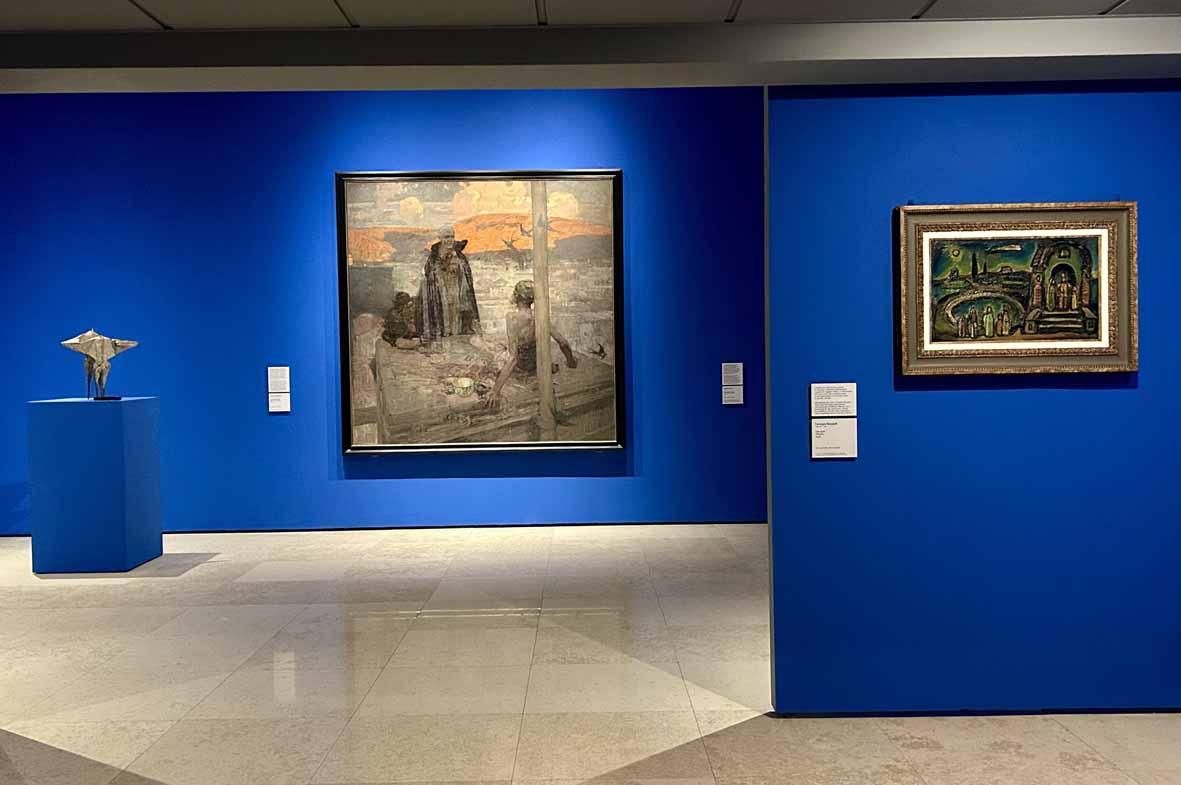
Speaking of the Fortuny, how has the perception of the museum changed after its refurbishment finished in 2022?
So on the level of numbers we are satisfied even if, as with Ca’ Pesaro, on the modern and contemporary part in Venice you can always do more. That museum is the dream of a great creator, of a great Leonardo da Vinci of the 20th century, Mariano Fortuny. After his death, the museum developed a history that is exceptional, and I am referring to the documentation center of the 1970s and the presentation of the post-World War II avant-garde, from video art to cinema. The palace crosses the multifaceted creativity of Mariano and Henriette who, with their typically Venetian craftsmanship, dressed women from all over the world at a time when the city was not as glittering as it is today, but was a reality in serious identity crisis. The current display was designed precisely to express the extraordinary vitality of Mariano and Henriette’s collections, from photography to textiles, from theater and lighting designs to tempera reasoning-all of which allow us to hook even those who love fashion, design, Orientalism, photography or technology. Now in my opinion we can also recover the spirit of the Fortuny as a place where in the 1980s new things were seen, great exhibitions of photography, of new technologies and new media were made: we are already working hard to attract various generations, for example, young creatives and students, and our president, Mariacristina Gribaudi, is also very keen on the success of the place, so as to put it back in the place it deserves.
So let’s move to the Mainland: can you tell us about the landing of Muve in Mestre, which as you know falls under the Municipality of Venice?
It has been a long work whose beginnings date back to 2016, when Mayor Brugnaro asked us to “get out of the historic center.” So we organized the first exhibition at the Candiani Cultural Center, moving Klimt’s Judith from Ca’ Pesaro: the painting crossed the Ponte della Libertà, and it might seem like a small move, but revolutions are made from small steps. Symbolically it was a very strong gesture that testified to how the civic collections of modern art belong to the whole City of Venice and to all citizens, precisely because they are civic. That initiative paved the way for our landing in the Mainland, where to tell the truth we already had the Vega.Stock repository, but it is precisely a repository, a place of work with evidently peculiar security measures.
--
What role do the Mestre locations play today?
The challenge has been not to be elitist and to send the message that working in the territory -- a vast territory, reaching as far as Portogruaro -- gives great satisfaction: we went to present the exhibitions in all the libraries and the response was very high, just as the feedback from the exhibitions was very high. In fact, we counted 33 thousand visitors for Matisse and the Light of the Mediterranean, with 8 percent of foreigners, whose presence in Mestre contributed to the regeneration of the city. Also not to be forgotten is the ease with which the venues in the Mainland can be reached, a factor that gives us the opportunity to organize events for the elderly, for people with motor disabilities, for Alzheimer’s patients, for the blind. We also do these workshops in Venice, but in the historic center the urban structure does not help.
Very recent is the opening of the Emeroteca dell’Arte, which, again in Mestre, is having a very good response both as a cafeteria and as a place for cultural meetings. Based on what needs did you create this space?
The exhibitions at the Candiani Center laid the foundation, being by definition temporary, for a permanent presence in Mestre: in fact, it was very difficult to structure a long-term program without being present with a dedicated staff and offices. The Art Emeroteca is also a literary café, a meeting place and is open to all.
Finally, there is a red thread that runs through the lagoon and connects the Emeroteca to Ca’ Pesaro, and that is the focus on young artists. Can you tell us about the ongoing residencies?
Right now there are 15 artists working in the 13 ateliers set up by Muve at the Emeroteca dell’Arte: they are young talents to whom we give the opportunity to work and do research, as well as to develop their first autonomous projects. For example, the Zeroscena Collective has already exhibited its research in the former San Servolo psychiatric hospital, while Nina Baietta, a sound artist, performed during the recent finissage of the Marina Apollonio exhibition at the Guggenheim. In addition, these young people have the opportunity to meet, during studio visits, established artists, curators, journalists. All under the “protection” of the Fondazione Musei Civici di Venezia and with the help of colleagues and structured offices, in dialogue with the Fondazione Bevilacqua La Masa. I hope that after this experience some of them may intercept some international residencies, so that Italian art reaches abroad, or they may win scholarships bestowed by prestigious institutions.
Warning: the translation into English of the original Italian article was created using automatic tools. We undertake to review all articles, but we do not guarantee the total absence of inaccuracies in the translation due to the program. You can find the original by clicking on the ITA button. If you find any mistake,please contact us.





